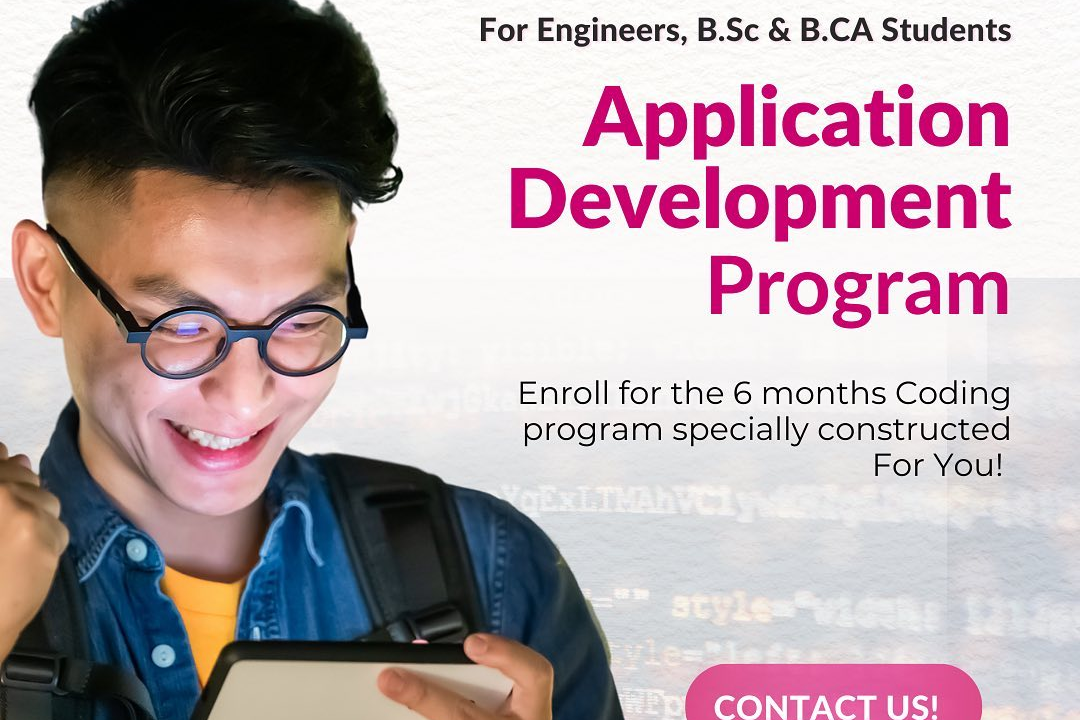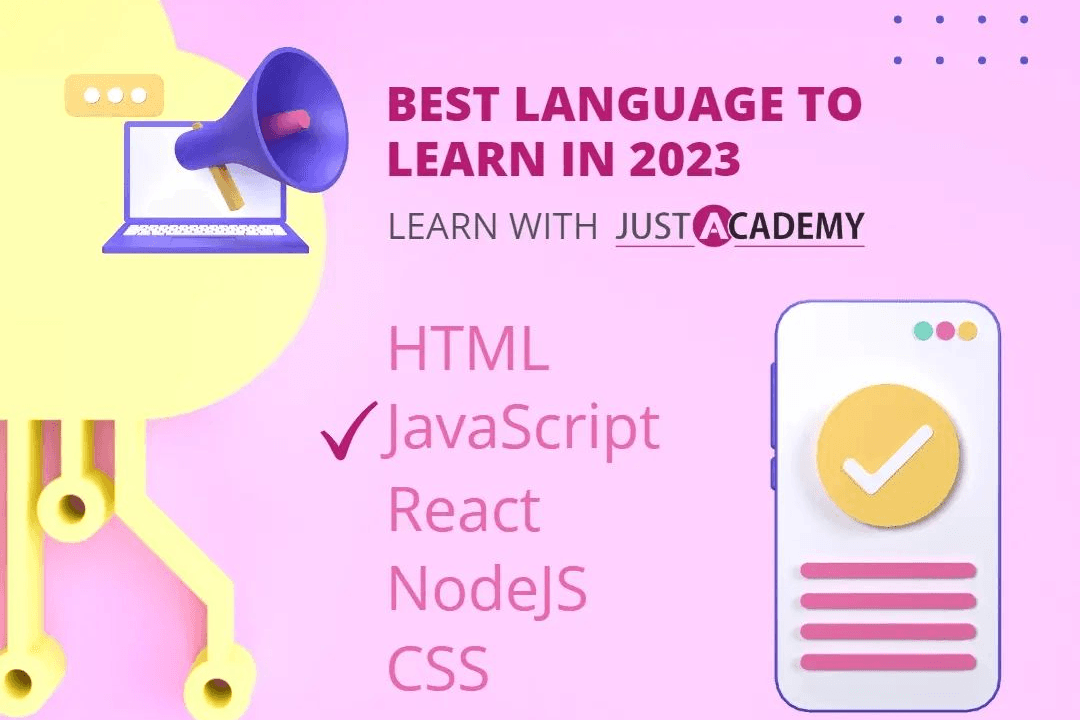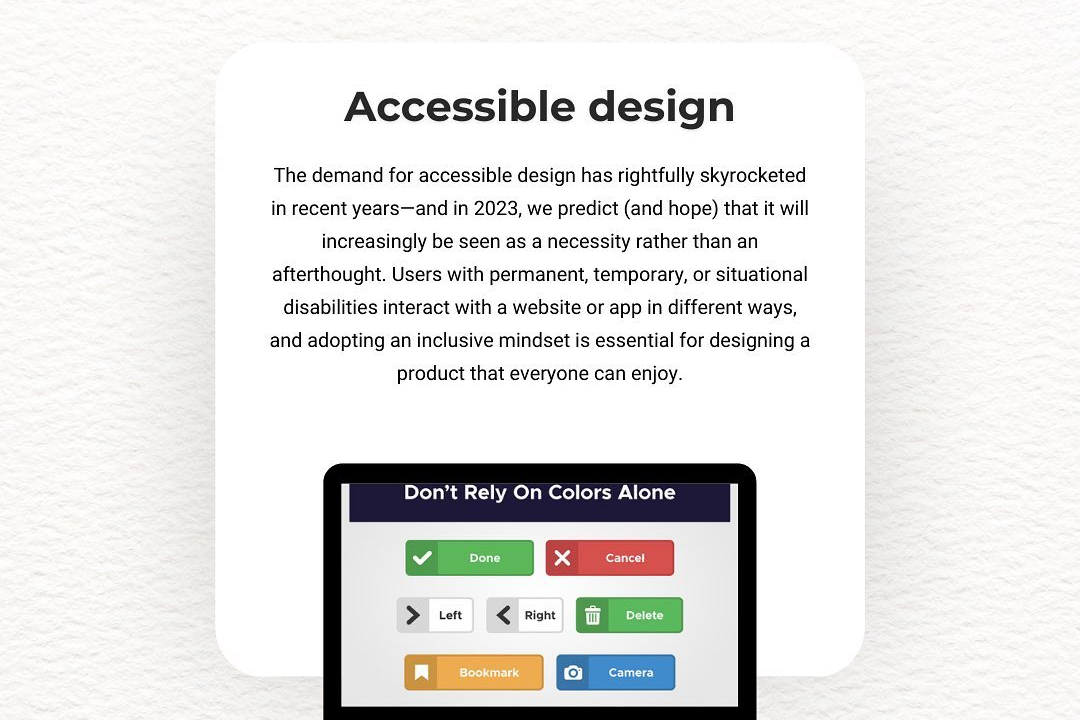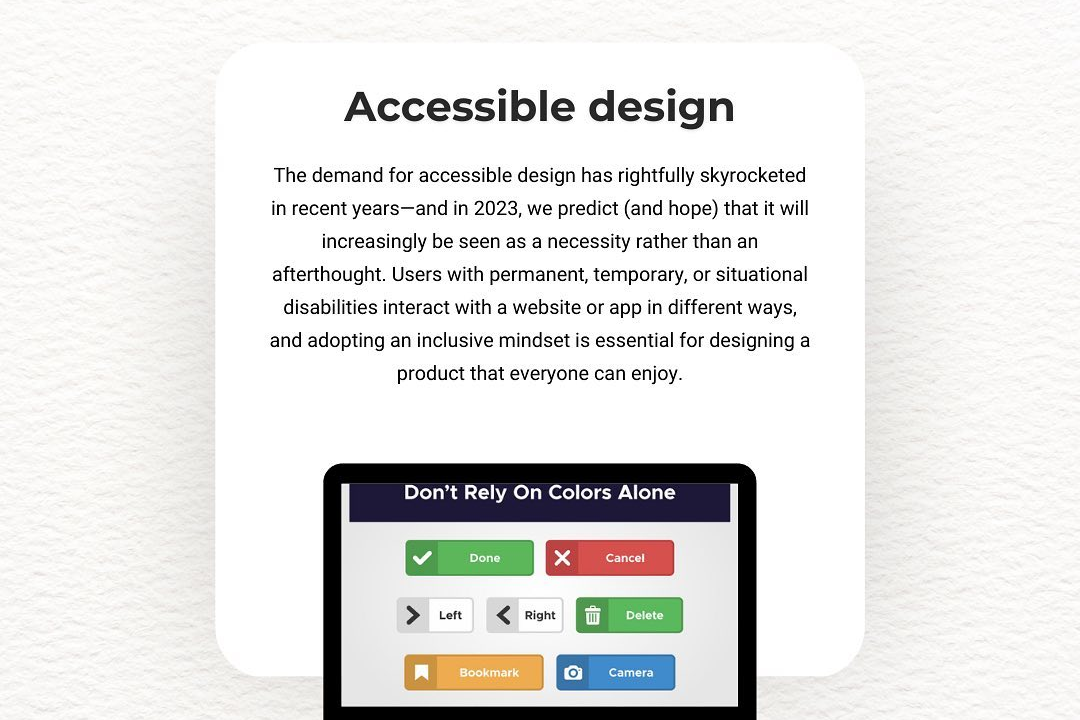CloudKit Tutorial
Mastering CloudKit: A Comprehensive Tutorial
CloudKit Tutorial
CloudKit is a framework provided by Apple that enables developers to store and manage data in the cloud seamlessly, integrating easily with iOS, macOS, watchOS, and tvOS applications. A typical CloudKit tutorial guides you through the process of setting up a CloudKit container in your Apple Developer account, configuring it within your app, and learning how to perform common operations like saving, fetching, and querying records. The tutorial covers important features like handling subscriptions for real-time updates, managing user authentication via iCloud, and leveraging the CloudKit Dashboard for data visualization and management. Overall, a CloudKit tutorial equips developers with the tools and knowledge to build cloud-powered applications that enhance user experience and facilitate data storage without the need to manage server infrastructure.
To Download Our Brochure: https://www.justacademy.co/download-brochure-for-free
Message us for more information: +91 9987184296
1 - Introduction to CloudKit: Explain what CloudKit is and its purpose in providing a backend solution for iOS applications, enabling data storage, sharing, and synchronization.
2) Understanding CloudKit Architecture: Discuss the overall architecture of CloudKit, including public and private databases, containers, and the role of record types.
3) Setting Up CloudKit: Guide students on how to set up a CloudKit environment in Xcode, including creating a new project and enabling CloudKit capabilities.
4) Database Types in CloudKit: Clarify the differences between public, private, and shared databases, and when to use each type in an application.
5) Creating Record Types: Teach students how to create custom record types in CloudKit to structure their data effectively.
6) Saving Records: Demonstrate how to save records to CloudKit, including handling errors and ensuring data integrity.
7) Fetching Records: Explain fetching records from CloudKit and how to filter results using queries to retrieve specific data.
8) Updating Records: Show how to update existing records in CloudKit, including managing changes and version control.
9) Deleting Records: Cover how to delete records from CloudKit safely, with an emphasis on confirming deletions.
10) Subscribing to Changes: Introduce students to CloudKit notification subscriptions to receive updates when changes occur in the database.
11) Data Security and Privacy: Discuss best practices for data security in CloudKit, including using proper data protection methods and privacy considerations.
12) Handling Errors and Debugging: Provide strategies for handling common CloudKit errors and how to debug issues that arise during development.
13) Optimizing Performance: Teach students how to optimize data retrieval and storage in CloudKit for better app performance.
14) Client Server Synchronization: Explain the importance of synchronization between client devices and CloudKit servers, covering techniques for offline data management.
15) Best Practices for Using CloudKit: Summarize best practices for working with CloudKit efficiently, encompassing coding standards, data modeling, and UI considerations.
16) Case Studies of CloudKit Applications: Present real world examples of successful applications using CloudKit to illustrate its practical use and benefits.
17) Building a Sample App: Guide students through the development of a simple app that utilizes CloudKit, applying the concepts learned throughout the tutorial.
18) Future of CloudKit and Ecosystem: Discuss the future potential of CloudKit within the growing ecosystem of cloud services and mobile applications.
19) Resources and Community Support: Provide students with additional resources, such as documentation, forums, and online communities where they can seek help and further their learning.
This outline provides a structured approach to teaching CloudKit, ensuring students gain a thorough understanding of its functionalities and applications.
Browse our course links : https://www.justacademy.co/all-courses
To Join our FREE DEMO Session: Click Here
Contact Us for more info:
- Message us on Whatsapp: +91 9987184296
- Email id: info@justacademy.co
prince2 certification cost in india
difference between pmp and capm












